How to Use Affiliate Email Marketing to Make Money
While lots of people associate affiliate marketing with blogs, YouTube, and social media, email is an often ignored marketing medium that receives much less exposure but is no less viable.
While it is often overshadowed by social media marketing, email marketing is one of the most powerful marketing platforms available. In reality, every dollar spent on email marketing yields an average return of $38 — a 3,800 percent ROI. Furthermore, over 59 percent of all marketers reported that email was their highest ROI.
Combining one of the most powerful media platforms with one of the best ways to generate passive income is a winning mix. However, determining how to take the first step to navigate the world of affiliate marketing can be a challenging task. In this article, I will share with you this guide on affiliate email marketing to help you get started. Let’s jump right into the details!
What is affiliate email marketing?

Affiliate email marketing is a form of affiliate marketing in which affiliate links are promoted through highly targeted and well-crafted emails. Such letters are designed to pique the attention of your customers, thus increasing conversion rates and site traffic.
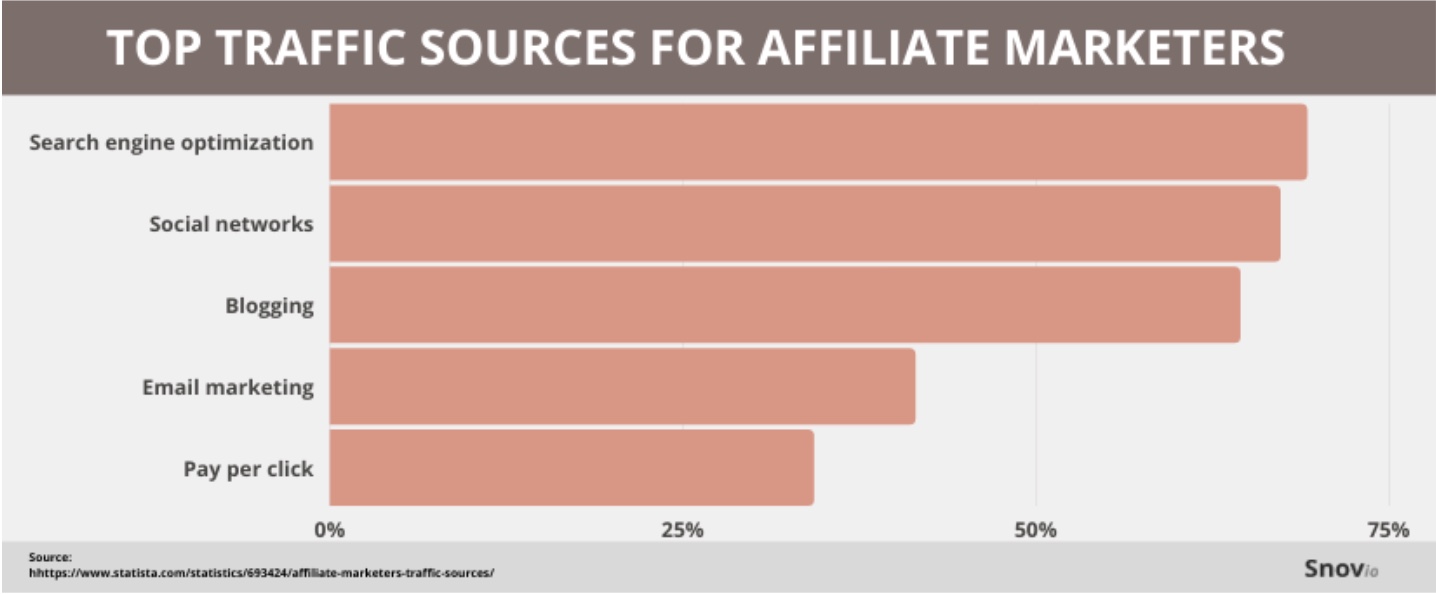
Affiliate marketing is not the same as conventional email marketing, in which the purpose of promotional email promotions is to sell. You are not a sales representative here, but rather a brand advocate who shares the advantages of the solution you used. This is why it is important to have a strong set of skills in order to speak about the product spontaneously and persuade someone else to buy it.
It is important to remember that making money from affiliate marketing is entirely dependent on generating sales. Some companies, on the other hand, pay affiliates when a lead clicks on a specific link (cost per click) or when a lead performs a desired action, such as entering an email list (cost per lead), which is not entirely dependent on whether or not a transaction is made.
Benefits of affiliate email marketing
Despite the proliferation of social media and SEO marketing, email is still one of the most successful ways to reach out to your target audience. In reality, 99 percent of consumers check their email every day, and half of those polled in a survey of US consumer habits said they check their inboxes more than ten times per day. That’s a lot of chances to make a sale.
Email allows you to reach out to your target audience in a clear and personalized manner, and 59 percent of respondents in a recent survey stated that email marketing affects their buying decisions. A successful affiliate email campaign can not only effectively get a product in front of your audience, but it can also effectively entice them to buy.
5 Steps to Launch a Successful Affiliate Email Marketing Campaign

We’ve discussed what affiliate email marketing is and why it’s important. Now, let’s go through the five steps to launching a successful affiliate email marketing campaign.
Step 1: Research your audience
Aside from earning extra income, one of the primary goals of the affiliate email marketing campaign is to create trust with the target audience. To effectively communicate with your audience, you need to first understand who you are engaging with—their age, gender, interest, place, economic status, and so on.
Do research on who purchases the products you’re promoting and delve into the features of that audience. You’ll be able to refine your messages more effectively if you have a general understanding of who you’re trying to reach.
In some cases, the target demographic will be anyone that suits your broadest customer profile, but in others, you will want to target a subset of the consumer base. Understanding the entire audience is required for identifying audience segments, so begin with a macro-view of your customers.
Step 2: Segment Your Audience
You may only need to target a portion of your contact list depending on the affiliate product you’re promoting or other marketing factors.
Assume you’re promoting low-cost earbuds. When marketing to a broad group of customers, your message can be irrelevant to a lot of people who are not interested in this category. In that scenario, you would filter your contact list so that emails with campaign-specific material would only be sent to the target audience.
You might want to limit your audience to one gender or people over the age of 21. That is often the right approach, but using demographic data to research the target audience is typically more complex than such simple exclusions. When you combine customer demographics with your overall awareness of the customer base, you get the best insights. This method helps you to make correct assumptions about your target audience’s pain points and behavior.
For example, the low-cost earbuds marketer does not need demographic information to understand that their outreach should emphasize the product’s low cost. However, if the same marketer creates a campaign aimed at college students, their ads can be refined to better align with that demographic.
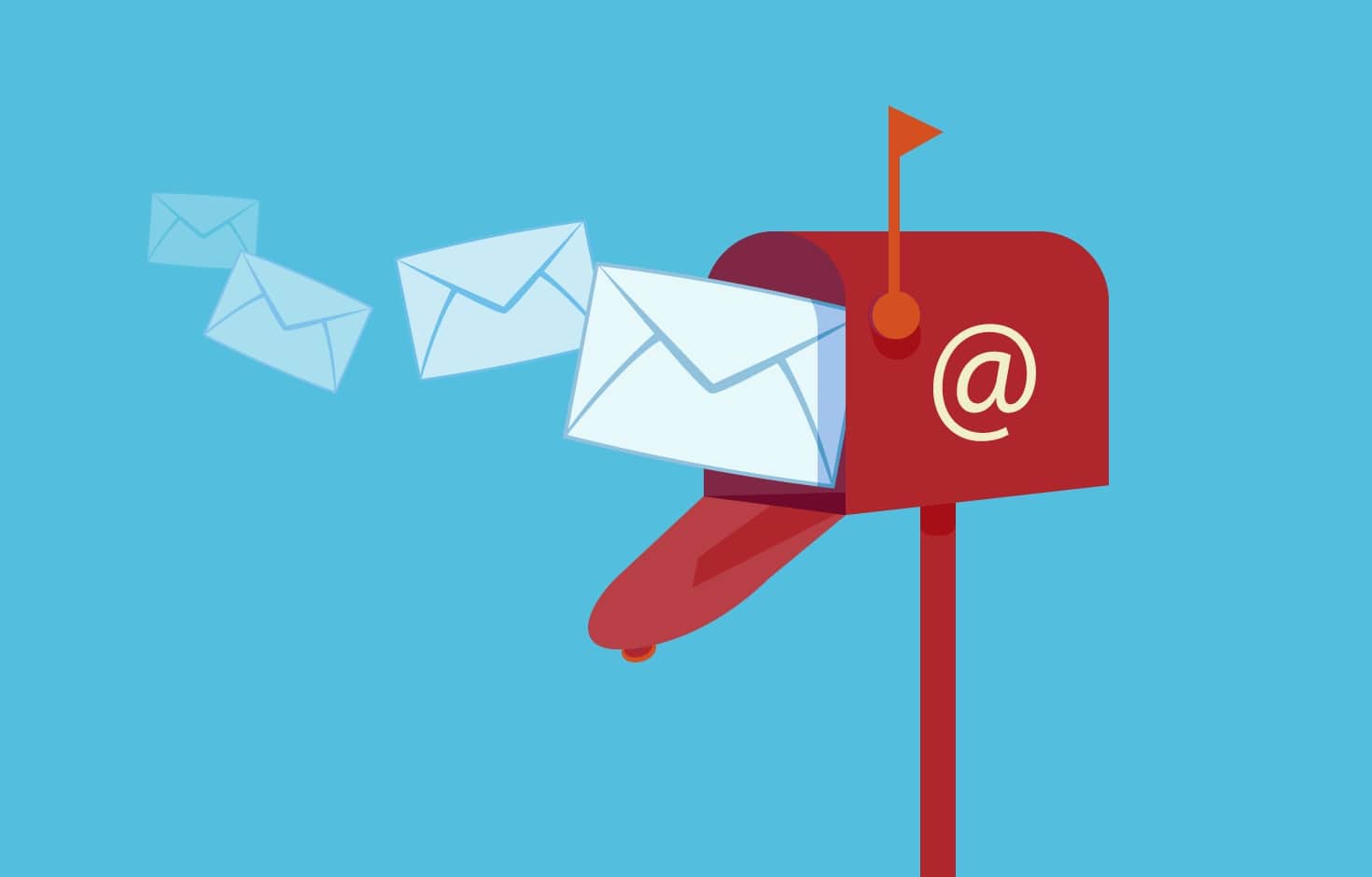
Step 3: Optimize Your Email Content
Success in affiliate marketing comes when you persuade your target group that you are an expert. Make use of the emails you send to build yourself as a helpful authority in your niche.
Your recommendation would be meaningless if people don’t believe you know the product inside and out, so use your content to demonstrate that you do. Explain the product’s worth in detail. Expound on its benefits by including a first-hand account of how the product has helped you
Make sure your email speaks to your target audience in a way that they can relate to. Use age, gender, and other information about your customer base to send messages that will be received well.
Make your emails more interesting by telling a story—a brief plot in which someone goes from wanting your product to purchasing it. The reader would then immerse himself or herself in the novel. You can paint an image that taps into what your audience is thinking if you know who they are.
Take care not to come on too hard. Any emails in a campaign series should make just passing reference to your product recommendations. The most successful approach is typically a soft sell in which you explain the advantages of a product. It is better to cultivate a relationship in which you become the expert and the customer becomes the advice-taker over time. You should take a low-pressure, as customized as possible approach.
Step 4: Use a lead magnet
You should also give a lead magnet—gated content that the reader will only get access to if they answer to your CTA — as another tool to promote content consumption, which directly corresponds to increased affiliate commissions.
Although your lead magnet should promote the affiliate product, its primary goal should be to acquire subscribers for your email list. Offering something a prospect needs to motivate them to subscribe to your email newsletter is a critical step in increasing traffic to your content on a regular basis.
An effective lead magnet will frequently expand on the content you’ve freely shared with others, but it will include more in-depth knowledge on the topic you’ve covered. It may be a buyer’s guide, product comparison infographics, a how-to guide, or some other useful content relevant to your niche.
Step 5: Automate and test your emails
You no longer have to run email marketing campaigns manually these days, as there are just too many great tools available for email automation. These tools manage planned or activated bulk emailing and assist in tracking the level of interaction your emails receive.
Email drip campaigns are enabled by automation, in which carefully crafted emails are planned ahead of time and then sent out in a sequence designed to help achieve campaign objectives.
Email marketing is most successful when campaign outcomes are tracked and the strategy is adjusted to what works best. That is the aim of A/B testing. You can create two emails to see which one receives the best response from your target audience.
A standard strategy is for the “A” email to be one you’ve had success with, and the “B” email to be an alternate version that you believe would work better. You’ll find out which version gets the best answer after sending it to the same number of people.
12 tips to run successful affiliate email marketing campaigns
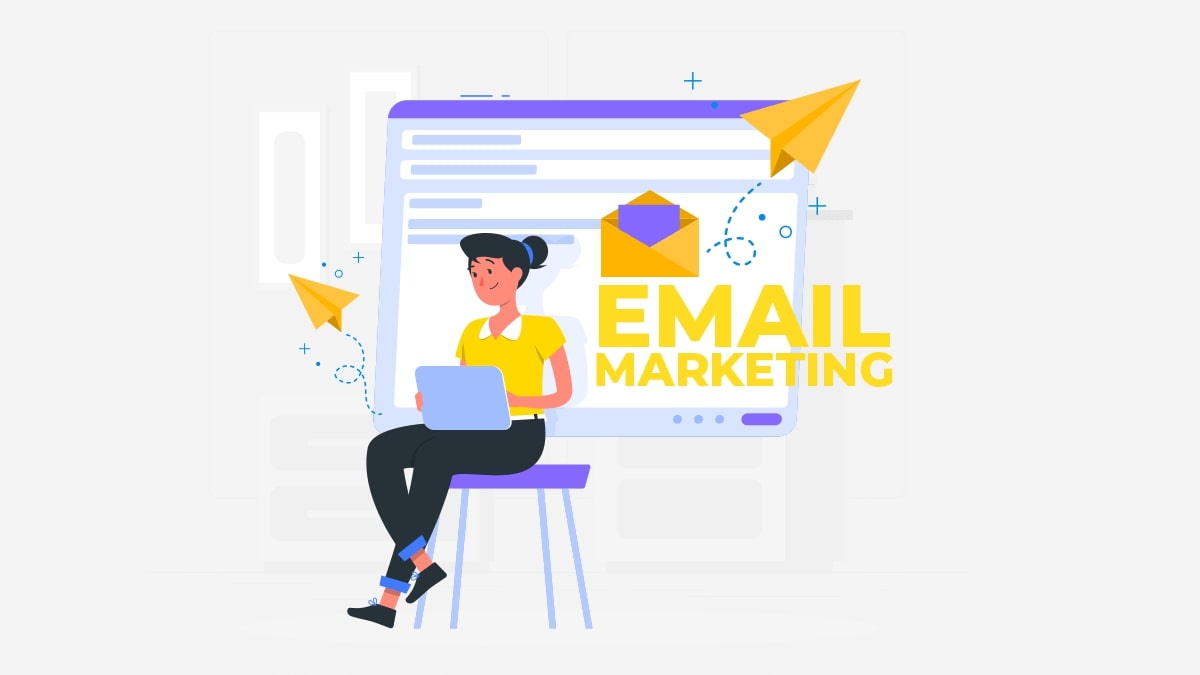
After you’ve launched your affiliate email campaigns, now it’s time to improve them as you go. Here are the 11 great tips that will help you perfect your campaigns.
1. Grab your customers’ attention with a great email subject line
The email subject line is without a doubt the most critical aspect of the email. Promise something desirable – If the reader knows exactly what they will learn, how the email will improve their life, or how to raise more money, they are far more likely to open it. Instead of saying, “We’ve launched our new tool,” consider using a subject line that explains how it would benefit them, such as, “Discover the best health benefits of using product X.”
On top of that, personalised subject lines are very effective for increasing click-throughs. So make sure to organise your customer database so that you can use information in your subject line.
2. Build Trust and Authority
When you start seeing a lot of new subscribers, it’s very tempting to start selling right away. You’re already calculating that 1000 new subscribers per month x 1% conversion x affiliate commission = a great addition to your company. Do not do so.
Sure, you can start moving affiliate links right away in some fast-paced funnels, but your list will lose interest quickly and your open rate will plummet.
A more profitable approach is also one that is more long-term. Send a couple of emails that are of genuine value. Let your subscribers see you as a subject matter expert. If you have genuine value in the first email, the same subscriber is far more likely to open the second and third.
What may seem like common sense to you may be extremely useful to a beginner. This authority building can range from as simple as sharing some useful tips in an email to more complicated tasks like planning an event for your subscribers using a webinar platform.
When your authority and ceriability have been developed (because you have been providing real value for a long time), you can begin asking your followers to make a purchase or try out a service that you want. The proportion of those who will do so will be significantly higher.
3. Plan Your Sales Funnels
Make sure you have a plan for how your email series will look. What would the subscriber get as soon as they enter their email address? What are they going to get tomorrow? What are the plans for this week’s content?
You may not need to schedule a half-worth year’s of emails, but you should have at least one month’s worth of content. So, depending on your business niche, let’s say 3-5 emails.
Since they will receive valuable information from the moment they subscribe, this email chain will allow you to build authority and trust with your subscribers. Nobody will be left waiting for you to sit down and compose an email.
You will also have the ability to plan what and how you will sell to your audience during this series. The monetization plan should already be in place when writing the series of emails.
4. Personalize Your Emails
Personalization is available in all good email marketing tools. To do so, when visitors sign in, you must ask for a personal piece of information. Don’t overdo it; just request the information you need. In fact, it’ll most likely be just the first name.
Keep in mind that if you add new fields for your visitors to fill out, the average opt-in rate will decrease. In certain instances, the form will only ask for your email address.
Personalization is more than just saying “Hi Steven” at the beginning of an email; it also includes the content, seasonality, upcoming holidays, and so on. During the COVID pandemic, several emails were circulated that mentioned illness and the possible business issues that it might cause.
It is not that the sender is concerned about our well-being; rather, it is there to build rapport and identify a relatable issue, thus establishing a relationship with the readers.
5. A/B Test Everything
Anything else can seem to be blown out of the water by the new headline you’ve just sent out. Then you take headline optimization off your to-do list, and that’s the end of it. No, you should not do that.
There is still room for advancement. When I first received a 12% open rate average several years ago, I figured it couldn’t get any better. I left it going for a while, then read a post about headline tips, made a few improvements, and increased the 12 percent to 25 percent. It can always be better.
When you A/B test, don’t be afraid to try out a couple of entirely different configurations. Changing “Hi” to “Dear” would have no effect on conversion. However, altering the whole narrative of your email will have a significant impact.
Take a “gladiator approach” to research. Have two templates, select the best one, and stick with it until a new template outperforms it, and so on. You will go through several variations over the next few months, but your emailing metrics will improve with each round.
6. Ask For Action
If you want anything, don’t be hesitant to ask for it. Ask your subscribers to do something when you want them to click somewhere, fill out a form, or do something else.
Do not depend on them finding it out or hinting at it at the end of the email. Be direct about it. Make your call to action explicit and repeated many times in the body of your email (depending on its length of course). In the long run, being straightforward, open, and truthful about your motives will always help you.
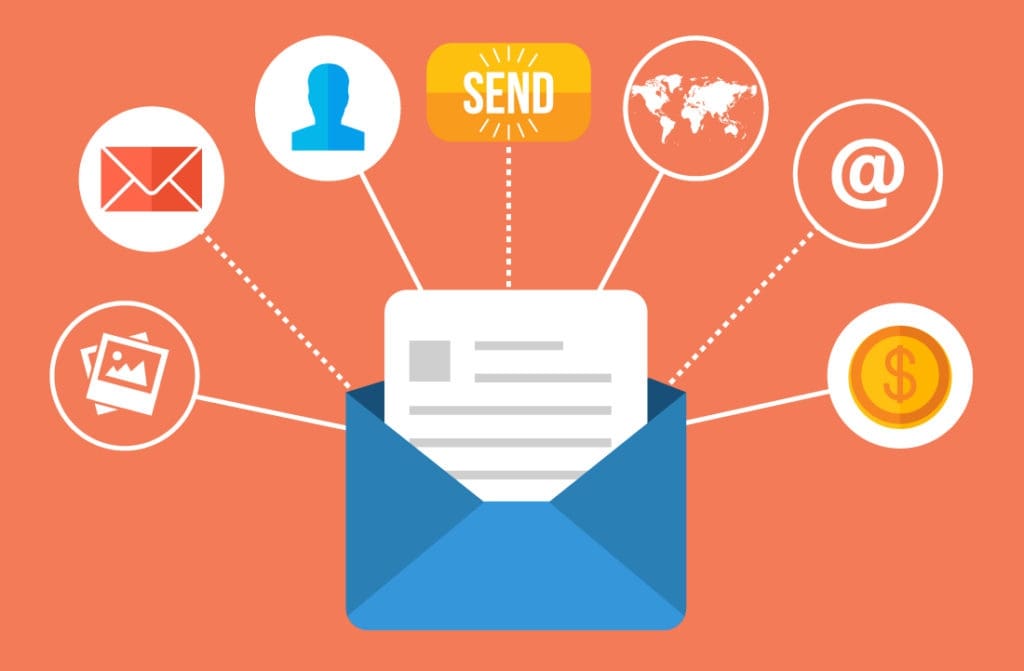
7. Do Not “Over-Email” Your List
If your subscribers sent you their email address in exchange for a pledge of a “Intensive 5 days course on creative writing,” go ahead and send an email every day. However, you would not benefit from these strategies in the vast majority of cases.
If you promised to give a link to a lead magnet to your subscriber, do so right away, but don’t spam your followers with emails. The only thing you’ll accomplish is that you’ll be flagged as spam and people can unsubscribe. That being said, if you send a welcome email and the next email isn’t sent for another 5 weeks, no one will know who you are or why they are getting your email. It all comes down to striking the right balance.
The final sending frequency will be determined by the type of business you operate. For example, you will email B2B clients less frequently than B2C customers. Keep in mind that as your email marketing strategies evolve, a subset of your subscribers can end up on multiple email lists. This must be kept under control, as sending a whole list blast, a special product blast, and a holiday email to the same subscriber on the same day will be counterproductive.
8. Leverage The Unsubscribe Page
It is a mistake for many marketers to fully disregard the use of the Unsubscribe page. To keep your list growing, you must ensure that there is ample inflow and minimal outflow; subscriber retention is important here.
If someone on your list wishes to unsubscribe, they will click an unsubscribe link in your inbox, which will take them to the unsubscribe page, where they will confirm that they want to be excluded from the list.
This is your last chance to convince your followers to stick with you. The majority of marketing automation platforms will let you customize the page.
Try telling them about a new piece of content you have in mind, or pledge a discount for lessons you are now making on one of the online course platforms. Alternatively, you can switch those who clicked “unsubscribe” but did not complete the action to a list to which you would not send as many emails. Simply do what is relevant to your market niche to entice the subscriber to reconsider.
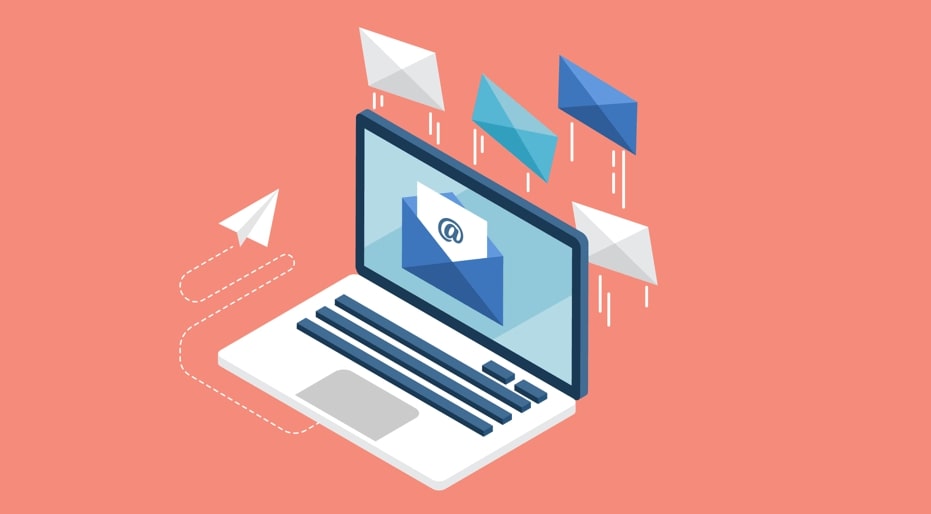
9. Expand The List From Within
When all appears to be in place for a good email marketing side of your business, consider taking an unconventional approach to expanding your list. For example, tactics such as referral marketing can be both beneficial additions to the content flow and a source of new subscribers.
The concept of referral contests or giveaways is simple. You promise your audience something in exchange for action – in this case, that someone refers their friend through a specific subscriber link (or just ID).
10. Talk to your Affiliate Manager
Do not be afraid to contact your affiliate manager and inquire about the top five campaigns for email traffic. Typically, you will receive a couple of tips stating that these specific ones are doing well with different forms of email lists.
If your volume is high, you can also contact the individual in charge of the affiliate program (within the actual company) and request a special deal for your subscribers. In certain instances, you will be able to obtain a bonus that you can give to your list, providing you with both more authority and conversions.
Maintaining contact with your affiliate manager is always a good idea. This is especially true if you are basing a large portion of your sales funnel on a single product. You may collect higher commissions as the amount increases, or you may be notified in advance that the deal will be discontinued. As a result, you’ll have ample time to find a replacement.
11. Tag and Group Your Subscribers
Most good email marketing platforms will let you label, tag, and group your subscribers based on the action they chose. Do you have two types of drastically different value propositions? Make sure you can tell the difference between subscribers who opted in via form 1 and subscribers who opted in via form 2.
Did you send an email to your subscribers asking them to click on a link? Consider labeling those who did and those who did not. Was there a call to action to buy a product? Mark those who completed the transaction as well as those who did not.
This allows you to employ more tactics than just sending a single message to the entire list. Subscribers who have already made a purchase, for example, may be interested in your higher-end goods. Or a product that complements what they already own.
The group of subscribers who did not take action needed a little more time before making a decision. Consider giving them a promotional deal in order to convert those who were undecided.
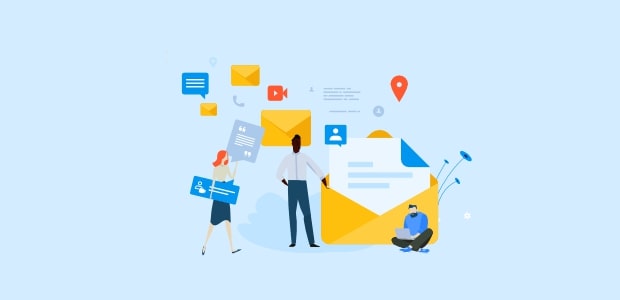
12. Have Future In Mind
When you look at the majority of the top affiliate marketers, you can notice one thing in particular. They all create their own commodity. The reasoning is straightforward. You make a small profit per visitor from advertising, a slightly larger profit per visitor from selling other people’s goods, and the most profit per visitor when you start selling your own items.
You will decide at some stage in your affiliate marketing career that you do not want to act as a conduit for eligible leads that help others expand their businesses and instead want to do it all for yourself. This is when your email list will shine the brightest.
To begin with, you will have a significant number of email subscribers who have been with you for some time and are ready to accept something you have to sell at that stage.
But, perhaps most importantly, you will be able to find people who want to sell your product. As a result, you will be launching your own partner program and becoming an affiliate manager. You are now on the other side of the table.
Since you have complete control over every element of your product, the possibilities are limitless. Consider your long-term goals while compiling your list. As a result, your email subscribers will have a smooth transition.
Best email marketing tool for affiliate marketing
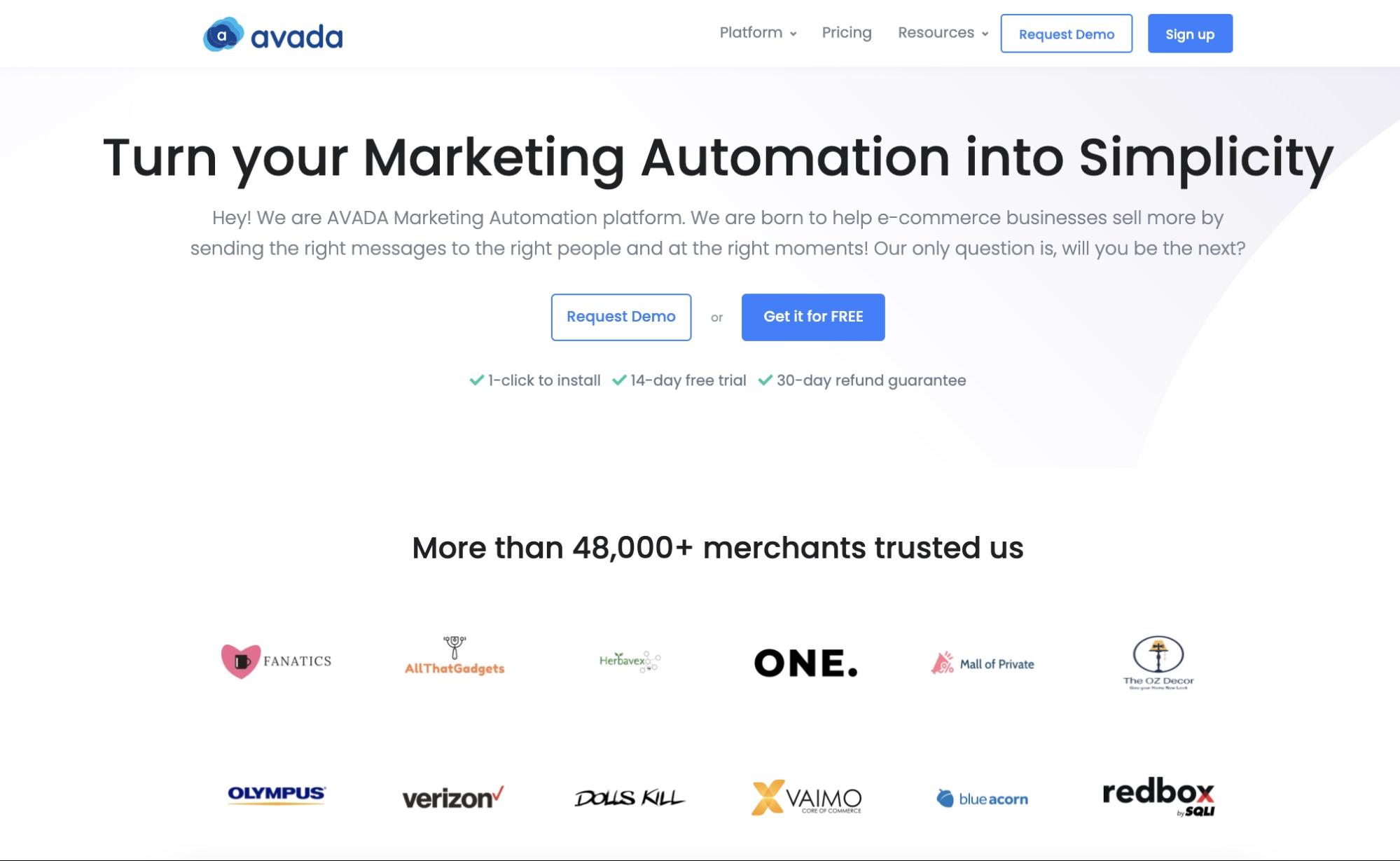
If you’re not sure about, out of all the email marketing tools on the market, which one you should choose for your affiliate email marketing. I’d recommend you to try out AVADA Marketing Automation. This tool is very affordable and provides you all the features you need to implement all the tips you have learnt in this article.
Final words
That’s it! I hope this article has provided you with valuable information about how to do affiliate email marketing. Please feel free to leave comments below for further discussion on this topic!
New Posts






